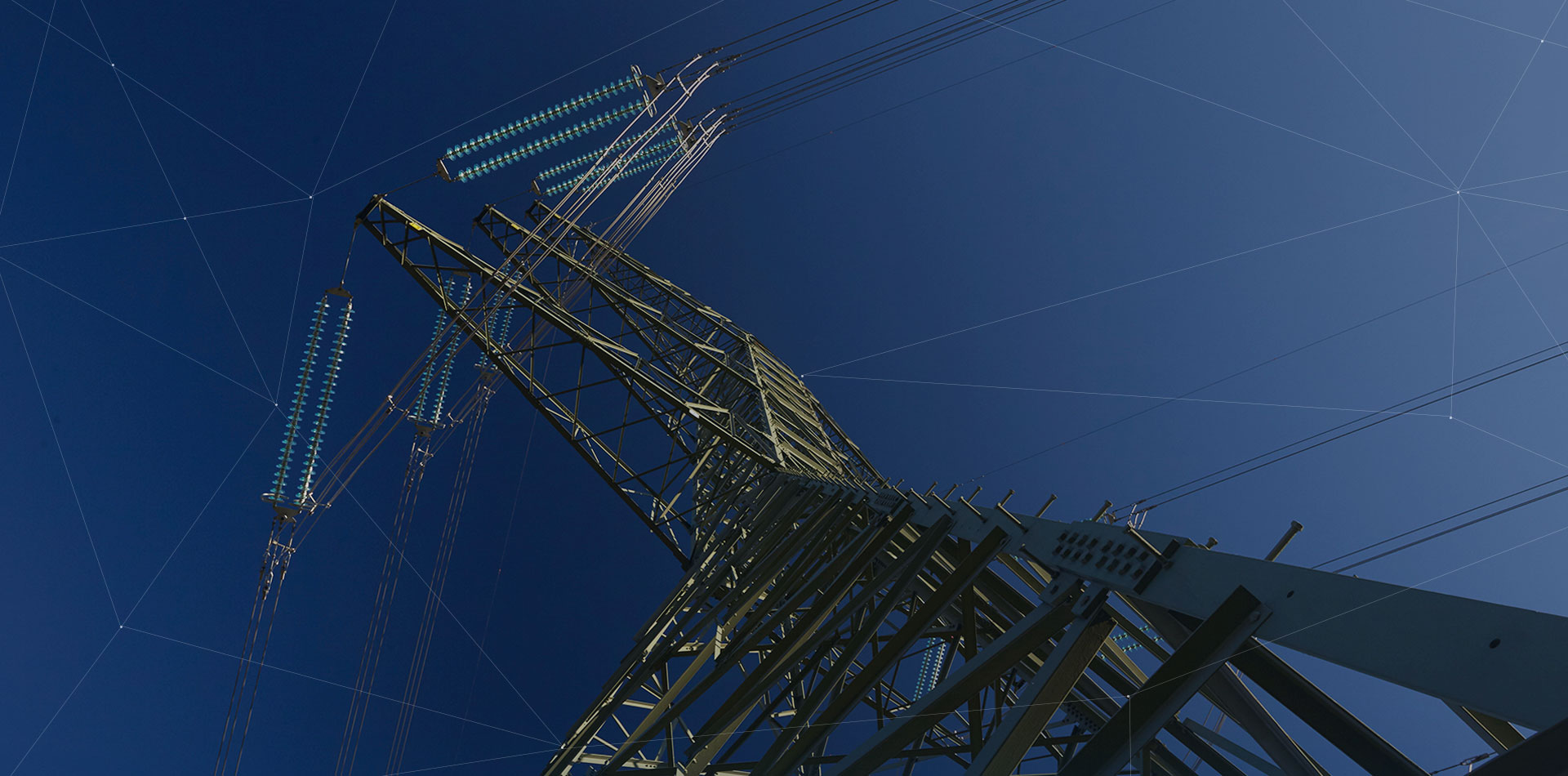Recipients:

Central administration, regulator

Participants of the electricity market

Contractors and subcontractors

Investment environment

Industry organisations

Scientific and research institutions

Employees and potential employees

Media
We have implemented and are improving a business strategy to develop our business in an integrated way.
The strategy is our response to the challenges facing the company – measures towards a changing regulatory environment evolving within the European Union, developing technologies and building a common internal electricity market.
Business strategy – where we are and where we are headed
PSE’s Strategy for the years 2017-2019, including its update of September 2018, has been prepared considering strategic resources, roles resulting from the mission and vision of the company and the objectives set to be achieved.
The Strategy sets out the method of adapting PSE to changes taking place both in its regulatory and technological environment (dynamic development of technologies related to the acquisition of energy from renewable sources and an increased share of distributed generation in the operator’s activities). At the same time, it responds to changes in the electricity market participants with regard to the implementation of solutions of an innovative and competitive nature.
We are pursuing PSE’s Strategy through strategic as well as operational initiatives.
Vision, mission, lines of action and strategic objectives
PSE Vision
PSE contributes to the European electrical power market for the secure and efficient operation of the Polish power system, following the principle of equal treatment of market participants and caring for the interest of future generations.
PSE mission
GRI 102-16 Through care for network infrastructure and improvement of the power system operation management, PSE guarantees its reliable and efficient operation.
PSE values
GRI 103-1 PSE builds its vision and mission on three values: dependability, reliability and responsibility.
Dependability
PSE is a reliable partner for energy buyers, producers, distribution system operators, market operators, energy exchanges, regulatory authority and the Polish Government. The Company guarantees continuity of electricity supply in the short and long-term, based on activities aimed at effective and efficient management of risks to the continuity of electricity supply from the transmission network.
Reliability
With its activities, PSE confirms that it has all the competences necessary to perform the entrusted function and fulfil its mission. Compliance with corporate governance and internal procedures guarantees operational stability and durability of relations with business partners.
Responsibility
In all of its activities, PSE cares about future generations, environment, energy security of the country, and the position of Poland’s economy in the world.
Directions of PSE activities
PSE’s activities are determined by four aspects:
Direction 1
Security Dimension
Balancing initiatives aimed at maintaining the security of the Polish Power System and efficient management of tariff measures.
Direction 2
External and Internal Dimension
Balancing initiatives aimed at standing up to risks that surface in the Company’s environment and perfecting internal processes.
Direction 3
Future Dimension
Initiatives in the field of security and economics of the power system aimed at future generations.
Direction 4
Economy Dimension
Initiatives aimed at increasing organisational efficiency and building a company based on continuous improvement, which allows quality and productivity to be enhanced while gradually limiting all kind of inefficiencies.
PSE’s strategic objectives
GRI 103-1 Selected operating directions are reflected in the strategic goals we pursue.
- 1
- 2
- 3
- 4
- 5
- 6
- 7
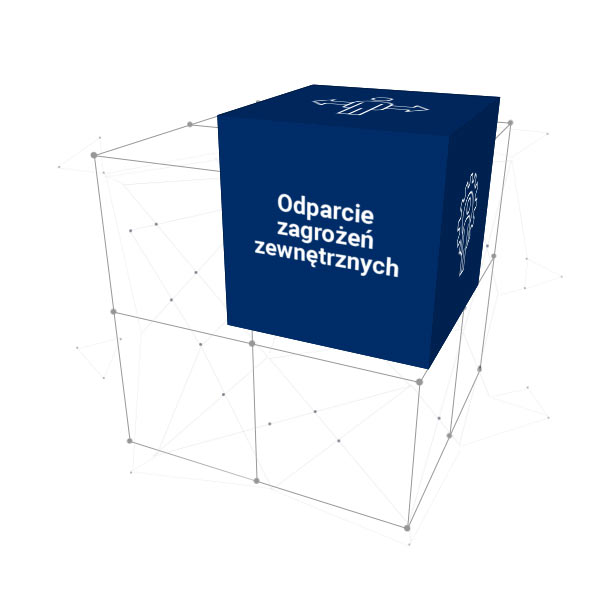
Dimension
Dimension
01. Repelling external threats
- Management of the risk of loss of ability to control/manage the operation of the PPS, related to cyber-attacks against IT/OT systems of the transmission system operator and distribution system operators, generators, traders, power exchanges or industrial consumers.
- Management of the risk of unavailability of infrastructure by developing cooperation with government administration in order to ensure joint and several responsibility for the physical security of the Company's facilities and for ensuring adequate measures to protect IT and technical resources, and protection from hostile actions.
Key activities and initiatives performed under the strategy:
PSE Group Cybersecurity Programme

Dimension
Dimension
02. Representing the interests of the national electricity market
- Reducing tariff costs by decreasing unscheduled flows, achieved through coordination of the capacity calculation process, including the management of phase shifter settings and high-cost remedial actions such as redispatching, covering all PPS borders with the DA and ID Flow-Based Market Coupling mechanism.
- Management of the regulatory risk arising from the various solutions of the Clean Energy for All Europeans package.
Key activities and initiatives performed under the strategy:
Management of the regulatory risk arising from provisions of the Clean Energy for All Europeans package
Representing the interests of the national electricity market

Dimension
Dimension
03. Security for future generations
- Long-term security of electricity supply. Implementing the capacity market and supporting tools.
- Pursuing the Strategy for Sustainable Development. Responsibility for the impact of the Company's operations on national economy, the natural environment and society.
Key activities and initiatives performed under the strategy:
Long-term security of electricity supply

Dimension
Dimension
04. Responsible development
- Full network model with integrated acquisition of electricity and ancillary services as a basis for efficient electricity markets. Introduction of locational pricing as a mechanism that coordinates the functioning of generating and load resources and improving the quality of investment signals.
- Avoiding the transfer to future generations of the stranded costs of depreciation of assets that have lost their usefulness owing to a change in operation of the power system.
- PSE's care of public interests (system data and measurement information).
- Innovations aimed at adjusting the system to a new shape of markets and new technologies (electro mobility, multi-agent systems, local balancing zones, IoT, storage, distributed generation and change of the energy mix.
- Installations covering the demand for electricity in periods of insufficient generation of sources (Electricity storage or peak source).
- Ensuring the resources of PPS for the implementation of electricity supply to recipients.
Key activities and initiatives performed under the strategy:
Modernisation of the methods and tools that support the zonal balancing market

Dimension
Dimension
05. Stable operation of the system
- Operation continuity – planning, implementing, testing and improving procedures related to the Company's day-to-day operations.
- Continuous improvement of the Polish power system's transmission infrastructure maintenance model based on Predictive Maintenance Techniques (PdM).
- Intervention DSR service.
Key activities and initiatives performed under the strategy:
Direction towards adapting the PPS to the new shape of the markets and new technologies
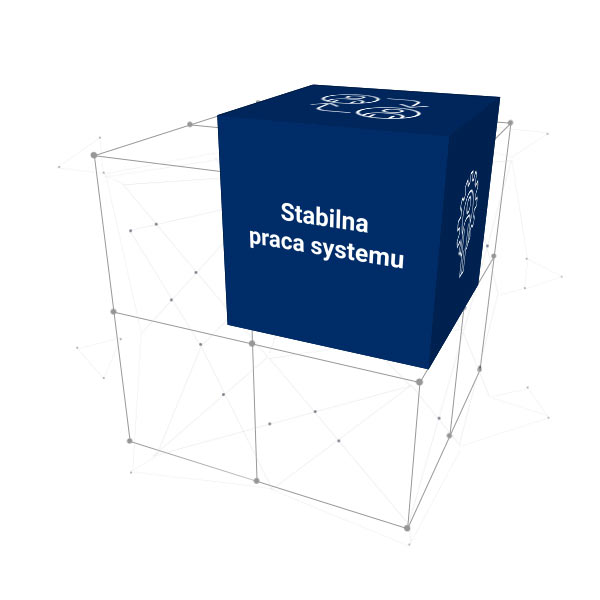
Dimension
Dimension
06. Money spent in a better way
- Implementation of investments and improvement of the New Investment Implementation Model.
- Improving the balancing market model.
- Automation of business processes.
Key activities and initiatives performed under the strategy:
Improvement of the new model of implementation of infrastructural investments

Dimension
Dimension
07. PSE resources
- Smart PSE:
- Strengthening the security culture,
- Implementing the culture of innovation and flexibility,
- Making the most of the potential of the employees who cooperate and share knowledge. - Adaptive capacity of the Company: know-how, structures and internal procedures prepared for quick legislative changes taking place in the energy market, and the technical and organisational requirements of new solutions.
- Human capital: employee development, competence management, job evaluation, strengthening the organisational culture based on responsibility and professionalism.
- PPS and energy market data.
- Transformation of finance in PSE as a venture aimed at ordering and changing the way the finance area operates in the Company.
- New Health Safety Environment Quality management model HSEQ.
Key activities and initiatives performed under the strategy:
Knowledge management
Fig. 1. PSE’s strategic objectives
Implementation of strategic goals
The success of this process is proven by a number of actions. We monitor implementation of strategic initiatives on the ongoing basis and regularly report on them, which allows us to maintain the chosen operating direction and business values at the highest level.
Strategic goals are cascaded to the senior management ─ top management, and then to managers, and they are implemented by their respective teams. This improves the feeling of participation and actually contributes to the effective implementation.
The level of PSE strategy implementation is communicated in all internal structures of the company, which translates to the employees feeling accountable for the performance of the strategy.
Learn key activities and initiatives performed under the strategy!
PSE Group Cybersecurity Programme
GRI 103-1 GRI 103-2 In 2017, the PSE CG ICT Strategy for 2017-2019 was developed and launched. The ICT strategy highlights the unavoidable and mutual dependence of cybersecurity of our company, its market partners at home and abroad, and entities of the Capital Group and its subcontractors. It also describes the overall impact of cybersecurity on the PPS operational stability.
Representation of the interests of the national electricity market in the European electricity market
GRI 103-1 The key goals pursued by our organisation in connection with development of the Community energy market are:
1. Development of the domestic market;
2. Participation in development of the concept of the Community energy market;
3. Ensuring proper integration of the domestic market with the European market. PSE pursues these tasks through activities in various areas and on multiple platforms.
Management of the regulatory risk arising from provisions of the Clean Energy for All Europeans package
GRI 103-1 On 30 November 2016, the European Commission (EC) published a crucial package of legal acts pertaining to the power sector under the title Clean Energy for All Europeans. The directions of the European power system transformation proposed therein, including the reform of the electricity market, are to be the way of implementing conclusions made at the EU Council Summit of October 2015 on the EU 2030 climate and energy targets. Legislative proposals (and new and amended directives and regulations) that are included in the package pertain to the internal energy market, security of supply, energy efficiency, renewable energy sources and the management system of the Energy Union.
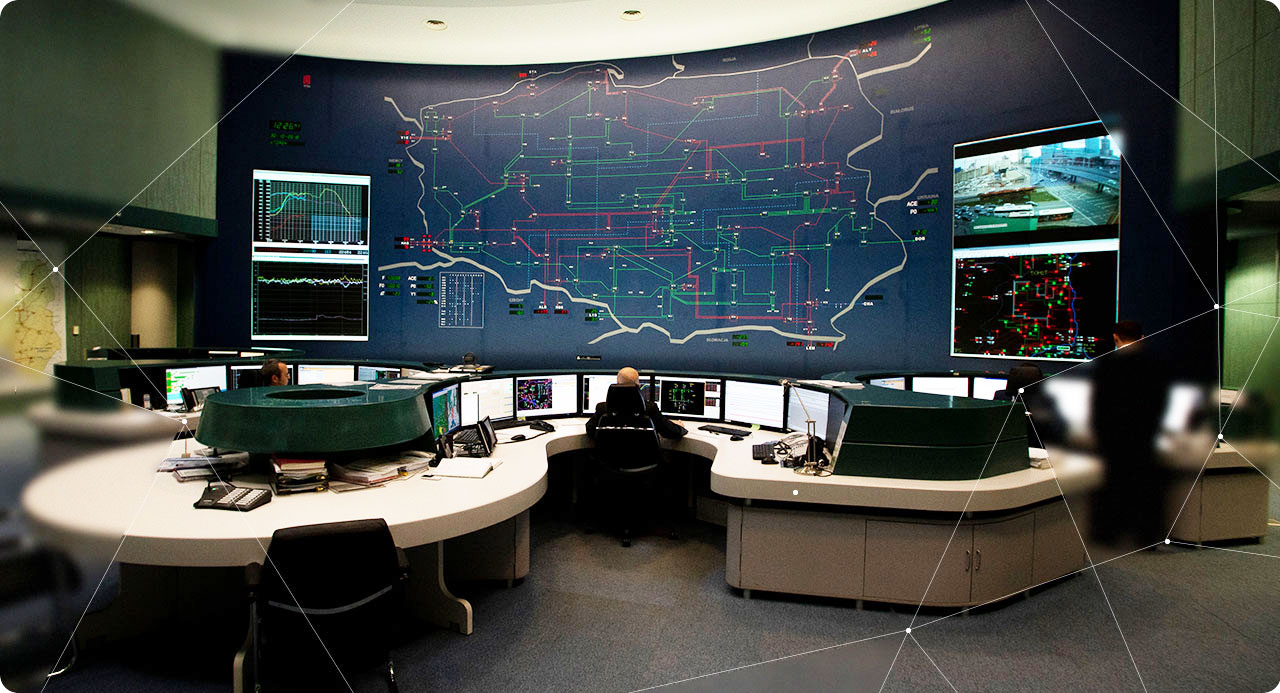
Long-term security of electricity supply
GRI 103-1 The Transmission Network Development Plan (PRSP) for 2018-2027 adopted the latest power and electricity demand forecast, as prepared by PSE.
The forecast was prepared on the basis of two paths of economic development in Poland, as prepared by:
- The Ministry of Finance – GDP forecast prepared as part of the “Guidelines on the use of uniform macroeconomic indicators which are the basis for estimating the financial consequences of the draft acts of law”, which takes into account the GDP forecast of October 2017;
- The Organisation for Economic Co-operation and Development (OECD) – GDP forecast prepared for all member states, including Poland, for the 2060 horizon. The forecast was prepared in 2014 and has been updated for 2017 and 2018 on the basis of short-term forecast prepared by the same organisation.
The analysis of historical data shows that due to the continuous growth of the national economy, demand for electricity has been on a steady increase in Poland. Considering the example of developed economies, we may suppose that after the period of dynamic growth in demand, there will be a time when the domestic demand for electricity will begin to stabilise.
| Forecasts of net national electricity demand [TWh] until 2027* | ||||
|---|---|---|---|---|
| 2018 | 2020 | 2025 | 2027 | |
| Stable | 159,2 | 163,6 | 173,8 | 177,5 |
| High | 159,3 | 164,8 | 178,8 | 184,4 |
* Own compilation based on MF and OECD forecasts, consistent in terms of the methodology applied with the pan-European generation adequacy analysis performed by ENTSO-E
Table 1. Forecast of national electricity demand until 2027

Facts worth knowing
GRI 103-2
Based on the analyses carried out by our organisation, it seems that security of electricity supply requires:
- connection of new generating units to the PPS, including peak intervention sources,
- extension of the operation of the generating units planned for shut-down in the 2019 and 2020 horizon,
- obtaining capacity as part of the interruptible load service – in particular flexible products with the lowest number of restrictions pertaining to the duration and frequency of activation,
- upgrading the existing units to increase their available capacity, including the electrical power in co-generating systems.
From 2021 a new power market will operate, which should ensure sufficient generation in the manner that is the most optimal one in the economic terms.
Modernisation of the methods and tools that support the zonal balancing market
GRI 103-1 GRI 103-2 In 2017 PSE concluded the procedure for “Delivery and implementation of the IT System for Managing the Electricity Balancing Market in Poland” (hereinafter also referred to as the MMS, from the “Market Management System”).
The aim of the MMS will be to support cost-effective and technically safe operation of the Polish power system, as well as its integration as part of the European electricity market. It will be achieved by the use, during the implementation, balancing market processes, modern methods of managing the Polish power system’s operation, based on precise modelling of cost and technical aspects of the power system’s operation. In this context, the most important elements of the solutions implemented as part of the MMS system include:
- taking into account in the balancing market processes the Full Network Model – FNM),
- taking into account in the balancing market processes the precise technical and price characteristics of generating sources and demand facilities (Complex Bids),
- determining the value of balancing electricity on the basis of end prices, which reflect the current conditions for electricity supply (Locational Marginal Pricing – LMP),
- the possibility of combined procuring electricity and capacity reserves as part of the co-optimization process.
The most important of the anticipated effects of the MMS implementation is an increase in the effectiveness of using generating sources and power networks to ensure ongoing supply of electricity. The solutions implemented as part of the MMS will also ensure necessary conditions for development of the Polish electricity market, and, first of all, the integration of the wholesale market with the retail one, as well as coordination of the operation of the distributed generating sources and flexible energy collection. In addition, thanks to the MMS implementation, the scope of information on the operation of the power market available to the market participants will increase, as a result of which they will get bigger support for creating market strategies, and the completion of tasks by the system’s operators will be more transparent.

Facts worth knowing
The launch of the MMS is planned for the beginning of 2021 and coincides with the deadline for integration of the Polish balancing market with the EU one.
The implementation of the MMS will influence the operation of the balancing market, so the project includes cooperation with the participants of that market. The cooperation will concern both the issue of correcting the rules of the balancing market - as part of the modification of the Transmission Network Code, as well as the issue of implementing the MMS, including its delivery for use and training for its users.
Presentation of actions undertaken by PSE to adapt the PPS to the new shape of the markets and the new technologies
GRI 103-1 Development of a long-term R&D work plan is the strategic task. Adaptation of the PPS to the changing market and technological conditions requires implementation of research projects aimed at development of new rules of PPS management, which take into account the changes in the method of its operations. For this purpose, ongoing analysis of publication is performed, monitoring of activities and solutions applied by other TSOs and seeking advanced technical solutions the implementation of which may be beneficial to the PPS – in particular in the field of generation and transmission of electricity and balancing of the power system. The basis for definition of the work portfolio in the field of innovative activity is the ongoing analysis of internal corporate needs and the outside environment to the extent that pertains to areas related to the activities of the TSOs and the national and European electricity market. The actions taken are aimed at improving the operational security of the power system and reducing the probability of disruptions in its operation. The research topics currently considered include the most essential issues, such as HV marine network connection points, HVDC transmission connections, requirements for the advanced automation systems and development of the forecasting methods. When setting priorities of tasks, the ability to introduce new or considerably improve products, processes and services is a crucial aspect. For this purpose, the company has established cooperation with R&D centres to obtain and evaluate proposals of works and projects of innovative nature.
Direction towards adapting the PPS to the new shape of the markets and new technologies
GRI 103-1 Changes in the power sector, including an increase in the share of renewable sources in the generating structure, with the growing consumption of electricity at peak demand hours, result, among others, in the increased risk of a difficult balancing situation occurring in the PPS. This situation calls for implementation of new tools available for the TSOs, including activisation of the demand side, i.e. electricity consumers. The interruptible load service, called Demand Side Response (DSR), is designed to cope with this situation.
Improvement of the new model of implementation of infrastructural investments
GRI 103-1 In 2017 we have deployed the New Investment Implementation Model (NMRI). The NMRI assumes the need to continually improve the investment area on the planes of the organisation, tools and management. As a result of organisational changes in PSE, the Central Investment Unit was established, project structures were implemented and the investment process was restructured. Implementation of the NMRI initiative provides grounds for the scheduled implementation of the Investment Project Plan, which is crucial for ensuring stability and security of operations of the transmission network in Poland. In addition, the increase in the effectiveness of implementation of the network investments reduces the financial burden on final consumers, which is essential for the improvement of the living conditions of society and the competitiveness of the domestic industry.
Knowledge management
GRI 103-1 The new tool which facilitates knowledge management in our entire organisation is the PSE Wiki internal site developed in 2017. It is the place to exchange experience and a source of information for the employees of our company that facilitates the flow of good practices between individuals and organisational units. The site provides, among others, access to information materials related to PSE activities, knowledge bases, industry articles, materials from meetings, training courses and conferences, HR materials, and organisational information about PSE. Site resources are always up-to-date and expanded, and the employees are encouraged to share further information that may enhance available resources.
Another major element of knowledge management in our organisation is setting up a group of in-house coaches. At the moment, the in-house coaches run classes as part of the development programmes for the operational and dispatching services. Our employees also run other specialised training courses and adaptation training courses. We aim at organising these activities and engaging further persons who would be willing to share their knowledge with other employees. In accordance with our approach, delivery of internal training stimulates the development of employees on multiple layers.
OHI survey – PSE health check
In 2017 we ran, for the second time, an organisational health check among our employees, based on the OHI survey (Organizational Health Index). The survey is a key part of the programme aimed at development of an organisation that is innovative and quick to adapt. More than 1,300 employees participated in the survey, with the attendance of 59%. Through the survey, we diagnosed our strengths and areas which required work from the organisation. High attendance confirms considerable involvement of the employees in corporate life. What is important, the total survey result was higher by 4 points than in the previous year. This means that despite numerous challenges that we must face every day and which often affect the atmosphere at work, we evaluated that the condition of our company had improved.
Description of key impacts, risks and opportunities
GRI 102-15 Key risks
Key risks identified in the company include operational risks related to network operation and maintenance and PPS balancing, as well as investment and ICT risks.
- The greatest risk is the risk of late fulfilment of investment tasks that are crucial for the network connection (improvement of supply conditions). It was updated in 2017, after verification of the risks defined in the investment area in 2016. Its high rank is mainly the result of consequential risks (including the long-term lack of power transfer from the CDGU for network reasons, which in turn leads to the risk of power rationing).
- This risk is followed by the risk of introduction of power rationing, namely limitations in electricity consumption as a result of long-term power shortage in the PPS. The rank of this risk grew compared to 2016 as a result of an increase in the importance of the preceding risk, namely the long-term lack of power transfer for network reasons and the change of the method of estimating the quantity of energy not supplied in the basic scenario.
- The next risk is the risk of critical damage to a substation element, the rank of which grew compared to 2016.
- The risk of an extensive system failure that is crucial to our operations, to the extent lower than in 2016 as a result of a decrease in ranks of preceding risks, including regulatory risks related to the “Clean Energy for All Europeans” package and the risk of the long-term failure of the cross-border connection.
- Compared to 2016, the regulatory risks resulting from possible implementation of the “Clean Energy for All Europeans” package are of much less importance. Following effective actions of the Polish government as part of the legislation work on the package, supported directly by PSE and ENTSO-E, provisions of drafts of key legal acts of the package are much more beneficial for Poland compared to their first version published at the end of 2016. It should be noted, however, that the legislative process is ongoing and the final wording of the regulations is subject to change.
- The threat to the security of the ICT systems as a result of cyberattacks is the risk of particular importance to the company. Its rank grew considerably compared to 2016 as a result of adoption of a new approach to estimation of the value of financial consequences, by accounting for the costs of recovery and restoration of key systems.
Risk factors
The most important identified risk factors are:
- All types of failures of PPS elements and equipment (technical malfunctions and physical damage to the lines and stations). The technical condition of the substation and line infrastructure is prone to natural degradation. This is caused by natural factors of excessive parameters, such as hurricane winds, hoar frost or floods. The infrastructure may be also the object of acts of vandalism and theft;
- The long-term lack of sufficient generation in the PPS, being the result of the current level of installed capacity, growing peak demand for energy, delays in commissioning of new generating capacities, shut-down of currently operating generating units, late completion of investments in transmission networks and weather conditions;
- Disruptions to the investment processes related to the upgrading and expansion of the transmission network arising out of, among others, reasons attributable to the contractor, social conflicts at the stage of investment planning and implementation, duration of actions intended to determine the legal status or obtain the legal title to use land on which the PPS infrastructure is located or which such infrastructure is to cross;
- Malfunctions of the IT and communication systems, including malfunctions resulting from attacks against the IT infrastructure. Persons or entities from outside the organisation may target the ICT systems with cyberattacks. Such attacks pose a threat to the security of such systems and the PPS, as they affect the integrity, availability and confidentiality of the company’s information resources.
- The acts of terror, sabotage and intrusion of unauthorised persons to PSE facilities.
Sustainable development strategy
PSE Strategy for Sustainable Development supports the implementation of its mission and business strategy.
It rests on five equally important pillars:
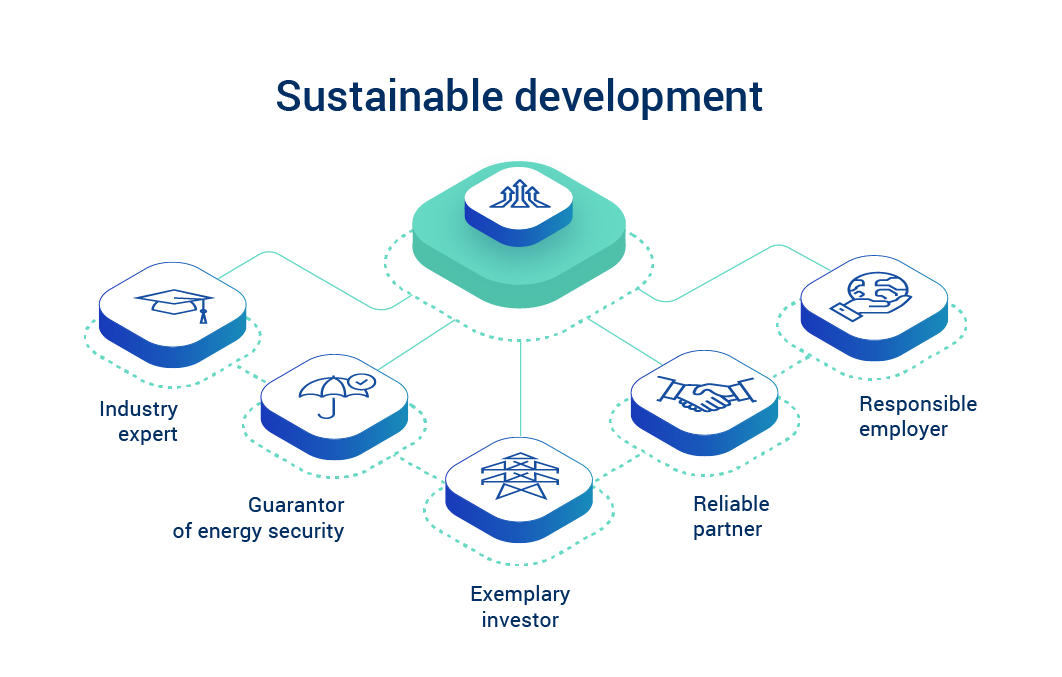
Fig. 2. Priority areas of PSE's sustainable development
